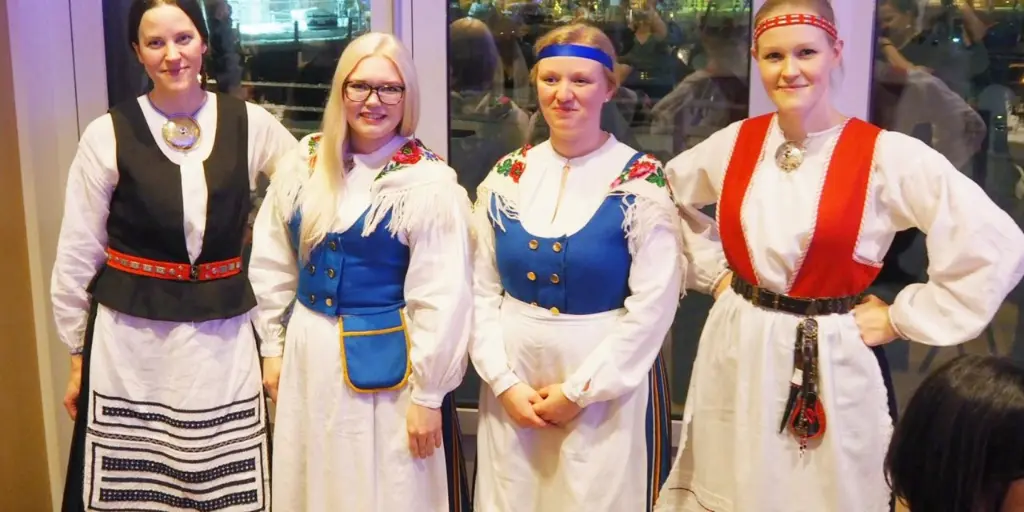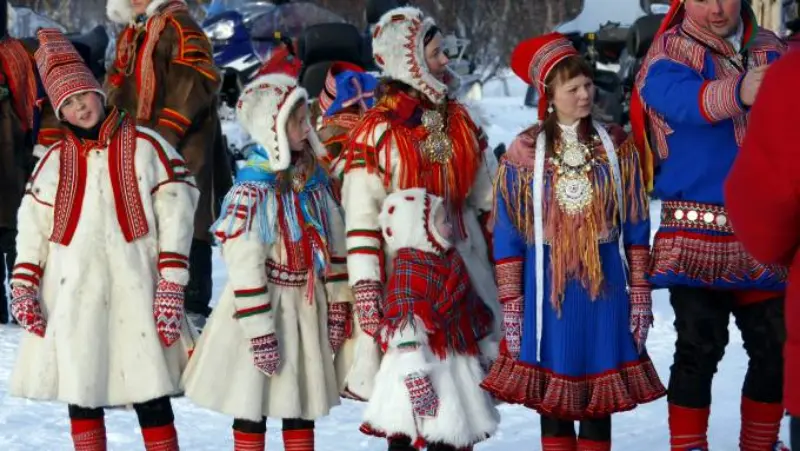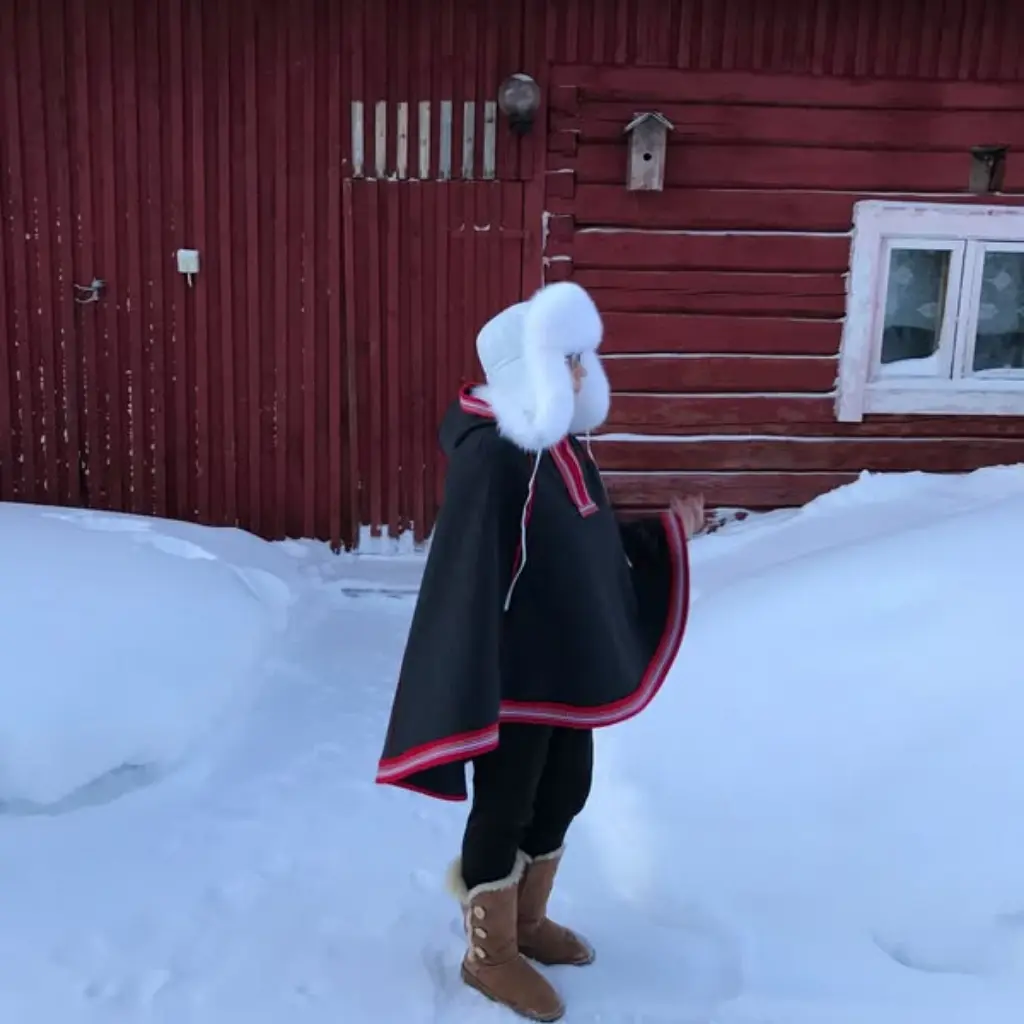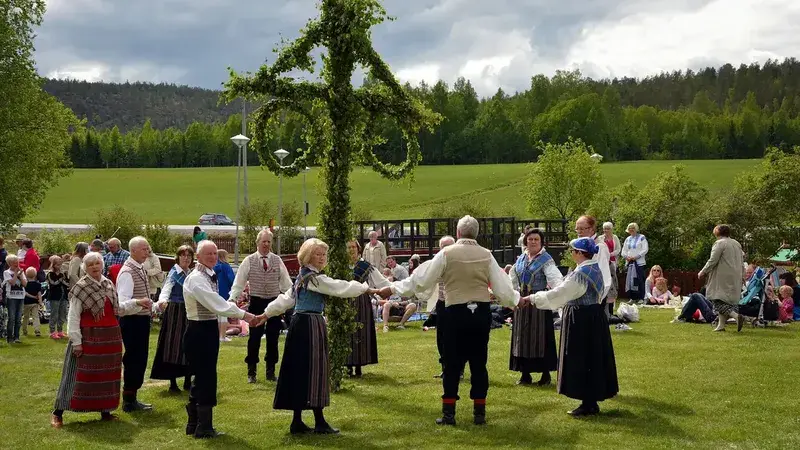Exploring Traditional Clothing in Finland: A Celebration of Heritage
Traditional clothing in Finland reflects its rich cultural history and the deep connection between its people and the natural world. This guide delves into the significance, styles, and regional variations of Finnish traditional attire. From the intricate national costumes to the practical garments worn in daily life centuries ago, each piece tells a story of craftsmanship and identity.
What is Finnish Traditional Clothing?
Finnish traditional clothing, known for its simplicity and elegance, primarily includes garments from the rural and indigenous Sami communities. These clothes served not only practical purposes but also as expressions of regional and cultural pride. Whether for work, festivals, or religious ceremonies, each piece is steeped in symbolism and tradition.
The Influence of Climate and Lifestyle
Finland’s harsh winters and short summers influenced the fabrics and designs of its traditional clothing. Wool, linen, and fur dominate, offering warmth and durability. Layers were essential for survival in sub-zero temperatures, making functionality as vital as aesthetics.
Key Elements of Traditional Finnish Clothing
1. National Costumes (Kansallispuvut)

National costumes are among the most recognized examples of Finnish traditional clothing. These costumes are region-specific, reflecting local culture, history, and materials. Designed for festivals and cultural events, the kansallispuvut became symbolic of Finnish identity during the 19th-century national awakening.
See also Exploring the Charm of Traditional Clothing in Iceland
Exploring the Charm of Traditional Clothing in IcelandWomen’s National Costumes
- Blouses: Typically white with lace or embroidery. Sleeves often feature puffed or ruffled designs.
- Skirts: Long, colorful, and striped, they represent specific regions.
- Aprons: Embroidered aprons add elegance and serve as decorative elements.
- Accessories: Include brooches, scarves, and traditional hats.
Men’s National Costumes
- Shirts: Linen or cotton shirts with modest embroidery.
- Pants: Woolen trousers or breeches.
- Jackets and Vests: Often tailored and detailed with buttons.
- Belts: Wide, embroidered belts complete the look.
2. Sami Gákti
The gákti is a distinctive garment of the Sami people, the indigenous population of northern Finland. It features bright colors, intricate patterns, and designs that often signify family or regional affiliations. Both men and women wear the gákti, and it is commonly paired with fur boots and accessories like belts and jewelry.

Significance of Colors
- Red: Represents life and joy.
- Blue: Symbolizes nature and harmony.
- Yellow and Green: Often signify regional variations.
Accessories in Sami Clothing
- Belts: Decorated with silver or pewter.
- Jewelry: Crafted from silver and reindeer antlers.
- Hats: Reflect marital status and social roles.
3. Luhka

The luhka, a short cape worn in Lapland, is practical for harsh winters. Made of reindeer hide or wool, it provides warmth and is often decorated with traditional Sami patterns. The luhka is still used today during outdoor activities like reindeer herding.
4. Woolen Garments
Wool played a vital role in Finnish traditional clothing. Hand-knitted sweaters, socks, and mittens kept wearers warm during cold winters. The designs often feature geometric patterns inspired by Finnish nature.
5. Leather Boots (Lapikas)
Traditional leather boots, or lapikas, were essential for navigating snowy terrains. Made from durable reindeer or cowhide, these boots were functional yet stylish, often embellished with simple embroidery.
See also Exploring the Charm of Traditional Clothing in Italy
Exploring the Charm of Traditional Clothing in Italy6. Headgear and Accessories
- Women’s Caps: Bonnets or headscarves were common and signified marital status.
- Men’s Hats: Wide-brimmed felt hats were practical for outdoor work.
- Scarves and Shawls: Often made of wool, they added both warmth and elegance.
Regional Variations in Finnish Clothing
Each Finnish region has unique designs and patterns, reflecting local traditions.
Western Finland
- Known for vibrant, striped skirts and colorful aprons.
- Men’s clothing includes tailored vests with detailed embroidery.
Eastern Finland
- Features darker, earth-toned fabrics.
- Women’s costumes often include intricate lacework.
Lapland
- Sami garments dominate, with an emphasis on functional designs like the gákti and luhka.
Häme Region
- Notable for simple yet elegant designs, including dark skirts and white blouses.
- Accessories often include silver brooches.
Traditional Clothing in Finnish Festivals
Juhannus (Midsummer)
During Midsummer celebrations, many Finns don traditional costumes. Women wear floral wreaths, and the attire reflects the vibrant spirit of the festival.

Independence Day
On this national holiday, traditional costumes symbolize pride and heritage. Performers and attendees at cultural events often wear kansallispuvut.
Sami Celebrations
Festivals like the Sami National Day see widespread use of the gákti, celebrating the culture and traditions of the Sami people.
Revival and Modern Use of Finnish Traditional Clothing
Preservation Efforts
Organizations like the Finnish National Costume Council promote the preservation of traditional garments. Workshops teach techniques such as embroidery, weaving, and pattern-making.
Contemporary Influence
Modern designers incorporate traditional elements into contemporary fashion, blending the old with the new. Wool, embroidery, and regional patterns inspire everyday clothing and haute couture.
How to Wear Finnish Traditional Clothing Today
Wearing traditional Finnish clothing is a way to connect with heritage and celebrate cultural pride. Here are some occasions where it’s appropriate:
- Cultural Festivals: Display regional pride during events like folklore festivals.
- Family Gatherings: Weddings, baptisms, and anniversaries often call for traditional attire.
- National Holidays: Showcase heritage during Independence Day or Sami National Day celebrations.
Craftsmanship Behind Finnish Traditional Clothing
The artistry involved in creating Finnish traditional clothing is remarkable. Skills like weaving, embroidery, and leatherworking are passed down through generations. The use of natural dyes and sustainable materials highlights Finland’s respect for the environment.
Handwoven Fabrics
Linen and wool are meticulously woven to create durable and beautiful textiles. Patterns often draw inspiration from Finnish landscapes, such as forests, lakes, and wildlife.
Embroidery and Ornamentation
Embroidery is a hallmark of Finnish traditional clothing. Common motifs include geometric shapes, flowers, and natural symbols.
Sustainability in Tradition
Finnish traditional clothing emphasizes sustainability. Materials like reindeer hide, wool, and natural dyes reflect a harmonious relationship with nature.
Where to Experience Finnish Traditional Clothing
Museums
- The National Museum of Finland: Exhibits a vast collection of traditional garments.
- Sami Museum Siida: Focuses on Sami culture and clothing.
Festivals and Events
- Kaustinen Folk Music Festival: Features traditional costumes and music.
- Sami Week in Inari: Showcases Sami attire and culture.
Workshops and Stores
- Local artisans and cultural centers often host workshops where visitors can learn about Finnish clothing traditions and purchase handmade items.
The Legacy of Finnish Traditional Clothing
Traditional Finnish clothing remains a cherished part of the country’s cultural heritage. Whether through national costumes, Sami attire, or modern adaptations, these garments continue to inspire and connect people to Finland’s history and identity. Embracing this legacy is a testament to the enduring power of tradition in a modern world.
